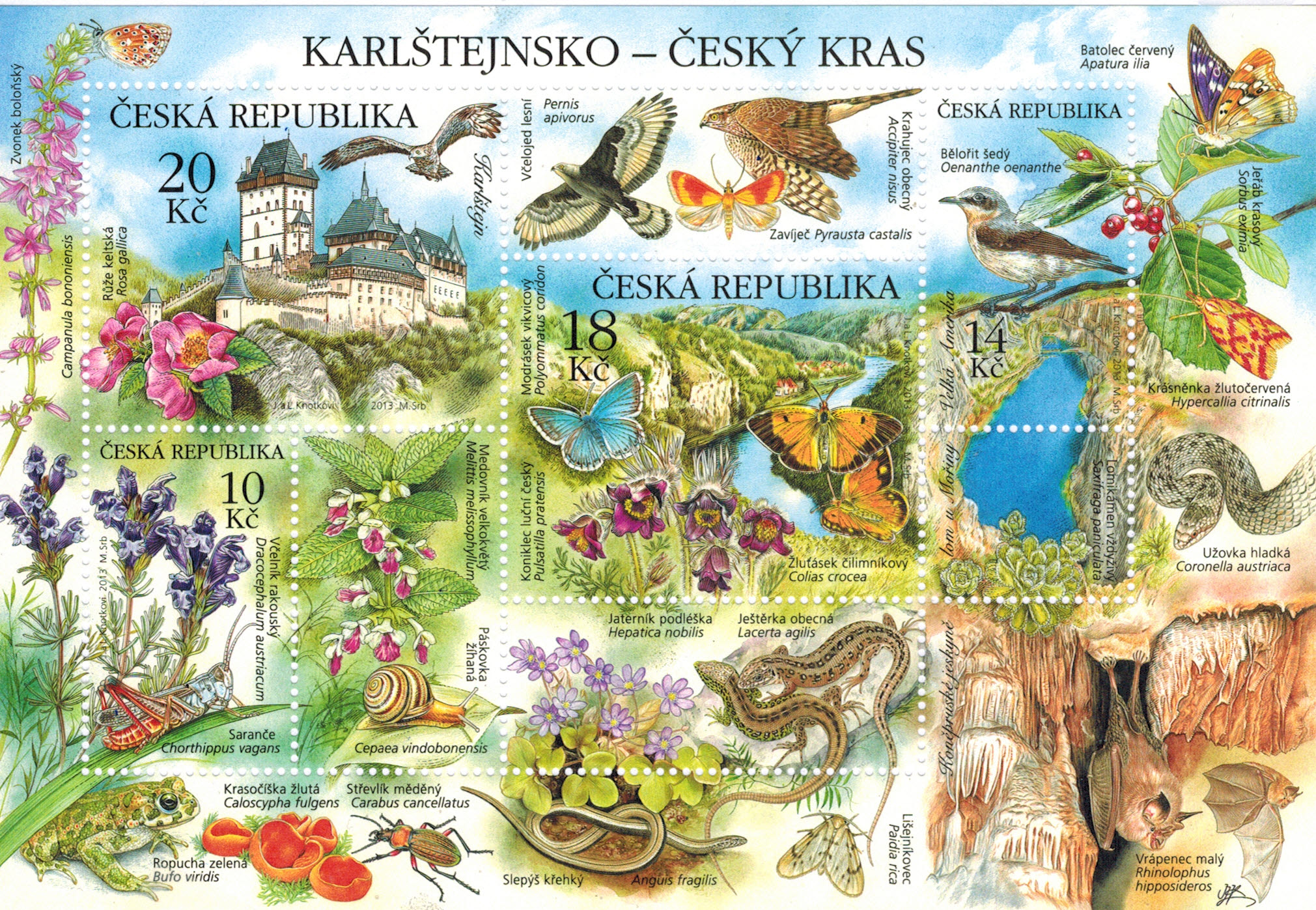In the summer of 2010, Henk Tennekes from Experimental Toxicology Services Nederland at Zutphen warned that the accumulation of neonicotinoids in the environment would not only decimate useful insects but also have a knock-on effect on other species, including birds (Curr. Biol. (2011) 21, R137–R139). At the time, Tennekes did not find much support for his views and went on to publish his warnings as a book — The Systemic Insecticides: A Disaster in the Making. Recent papers from other researchers are now supporting his concerns, as they show that the damage arising from systemic pesticides isn’t limited to pollinators and that many other species, from earthworms to birds, are also affected.
A recent study has combined the highly detailed records of bird populations on the one hand and surface water contamination with pesticides on the other to demonstrate that the rate of decline of several insectivorous birds in plots all across the Netherlands correlates significantly with the contamination of surface water with the neonicotinoid imidacloprid in the same area (Nature (2014) 511, 341–343). The species showing statistically significant correlation include: Eurasian skylark (Alauda arvensis), barn swallow (Hirundo rustica), yellow wagtail (Motacilla flava), common starling (Sturnus vulgaris), common whitethroat (Sylvia communis), and mistle thrush (Turdus viscivorus).
While correlation does not prove causation, the authors have carefully controlled for several possible causes, leaving the pesticide contamination as a likely factor contributing to the bird decline. The mechanism of the effect could go via the availability of insects for the birds to feed their brood with — it doesn’t have to involve acute toxicity to the birds themselves. The cascading effect though the food chain is supported by an earlier Dutch study led by Jeroen van der Sluijs (Utrecht University), which found a strong reduction of macro-invertebrate abundance in surface water polluted with imidacloprid (PLoS ONE (2013) 8, e62374).
Source: Michael Gross (2014) Current Biology Vol 24 No 16, R717-R720
Michael Gross is a science writer based at Oxford.

- Login om te reageren
